The March equinox took place at the beginning of this week, marking the official start of spring. In light of the change, car owners must prepare their vehicles for the new season.
How to Prepare Your Car for Spring
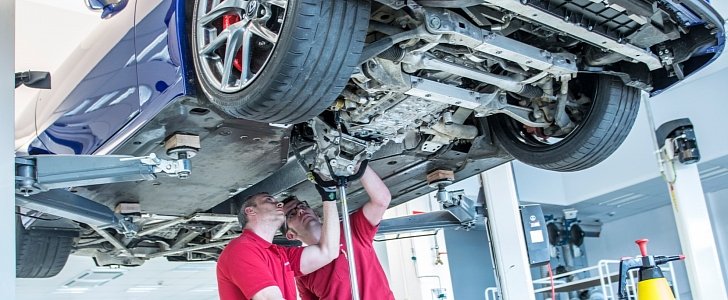
We have made a simple guide to help you remember everything you have to do to your vehicle so that it stays in the best condition possible.
As usual in our guides, we keep a general focus on things that need to be done, and concentrate on those that should be made to each vehicle in particular.
This whole idea of preparing a vehicle for spring involves undoing the damage done to it by winter, by first checking its condition and then getting it ready for what is next. Doing this every year and for every relevant season will ensure that your vehicle will not let you down in a time of need.
As usual, each car comes with its particular needs and requirements, but all motorized transportation means require similar maintenance to ensure optimal operation. Along with the manufacturer-recommended service schedule, an owner also needs to take care of certain aspects that are common sense to ensure everything is in the best condition possible. Furthermore, taking a look at your car once in a while does go a long way.1. Car Wash and Detail
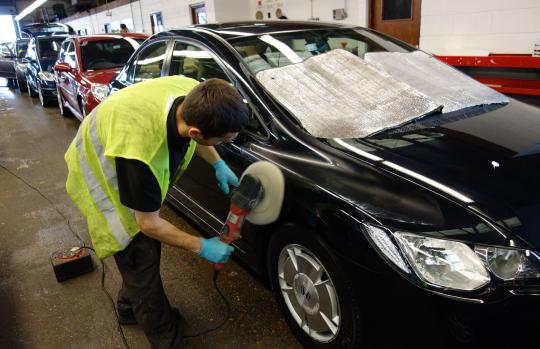
Keeping your vehicle clean through the winter is a tough task, and many give up and rarely wash their means of transportation. However, washing your car in the winter is a good idea, and giving it a thorough cleansing treatment in spring comes as a sequel to this.
As you know, ice is harmful to your vehicle, but salt is its arch enemy. There is no way to stop the salt and sand that are spread across the road from touching your car without keeping it in the garage for the entire winter, so all you can do is limit the damage done by it.
What should you do? Visit a good car wash in your area and get the more expensive package, which should include undercarriage cleaning. It is best to give your car a professional waxing as well, done by a technician with quality materials. You can do it yourself, but be warned that there is much effort involved. If there are any scratches on the body, you can have them removed with a professional polish service.2. Interior Care
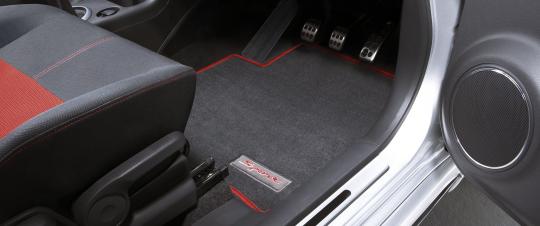
Now that the exterior of your vehicle has had its winter damage undone, it is time to tend to the passenger compartment. First of all, you must put your “Winter Toolkit” back to its secure storage space in the garage or wherever you keep it. There is no need for an ice scraper, shovel, or de-icer in your car once spring comes along.
If I were you, I would keep the towing cable, jumper cables, flashlight, and a small set of tools on board. You never know when these come in handy, and they do not take up that much space. I always carry these in my vehicle, and have helped others with them several times.
A thorough cleaning of the upholstery might be required, but cleaning and possibly changing your floor mats is a must. Since your feet were on the road, some of the salt and other sprinkled materials have gone into them and now must go.
Consider replacing your passenger compartment air filter and servicing your climate unit. If you can smell something wrong when you turn on the climate or heating, service it immediately. 3. Fluid and Filter Check

Winter takes a toll on each vehicle, even those that have been thoroughly prepared for it. To make sure everything is in operating order, check fluid levels and do a visual inspection of the air filter. If the air filter is dirty, replace it for optimal performance in the new season.
Make sure your car has enough oil and that the coolant level is at the proper level. Do the same for your automatic transmission fluid (if you drive an automatic), brake fluid, and power steering fluid. If you do not remember how long ago you replaced any of these, schedule your car for a liquid change. This time, write down your mileage when replacing fluids. Some smartphone apps help you manage this and remember when things like these need to be done.
Some people change their oil in the spring, even if the fluid has been replaced in the previous fall. Unless you live in an environment with extreme weather, or you plan to drive your car hard this spring, you do not have to change your oil earlier than the manufacturer recommends it. Keep an eye on your mileage, do a fluid level check every other week, and you should be good to go till your next service interval. 4. Tire Inspection, Alignment, and Replacement
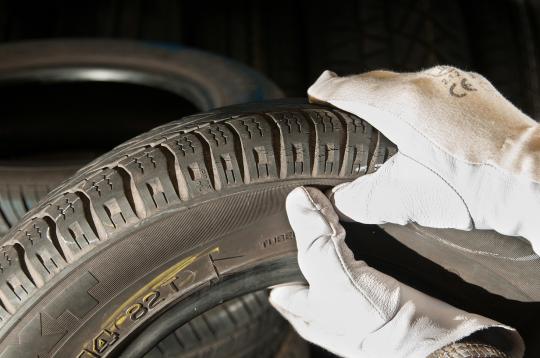
If you drove on winter tires and there is no snow in sight in your area, and it looks like the warm weather is there to stay, schedule a tire change for your vehicle. Before you store your winter tires for next season, check each one to look for uneven wear, tears, damage, and wear. Remember to check tread depth. You can ask the technician that changes your wheels to do that for you.
Once the summer tires are fitted, make sure that the lug bolts were properly fastened, and that the recommended pressure was pumped into each tire. Now, check your spare tire and see how it fares. With the new tires on, make sure the alignment of your wheels in on par with the manufacturer specification. If it is off by even one degree, handling, stability, and fuel economy will be affected. Tire wear will be increased dramatically as well.
If you have all-season tires, you still have to check them this spring, adjust their pressure, and check the wheel alignment. Check tire pressures every two weeks, or with every refuel. It takes a few seconds, but it can save you thousands of dollars a year in fuel and tire costs. Driving on under-inflated tires affects stability, performance, handling, safety, and fuel economy. 5. Full Inspection
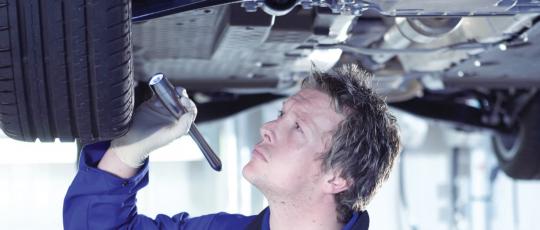
Just when you thought your vehicle is ready for the new season, there are still things that need to be done. We recommend a thorough inspection of
your car at your preferred mechanic. He should check your battery, ignition system, cooling system, steering system, suspension, and scan your vehicle with an OBD-II tool to check for errors.
Have the technician hand you a printed note of your car’s condition and mileage. If you will own the vehicle for several years, this will be proof that you have taken care of it when it is time to sell it. Since you care about checking things on your car, make sure you still have insurance, and that the road tax or whatever car-related charges have been paid off for this year.
Never drive uninsured, and schedule your vehicle into a service for a routine check-up at least once a year. As in medicine, some situations are easier to fix if they are discovered early on. From a component that might fail under stress to an alignment issue that makes your vehicle waste money of extra fuel, prevention goes a long way.








